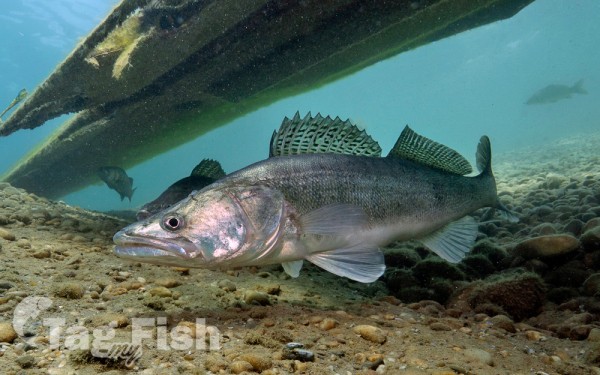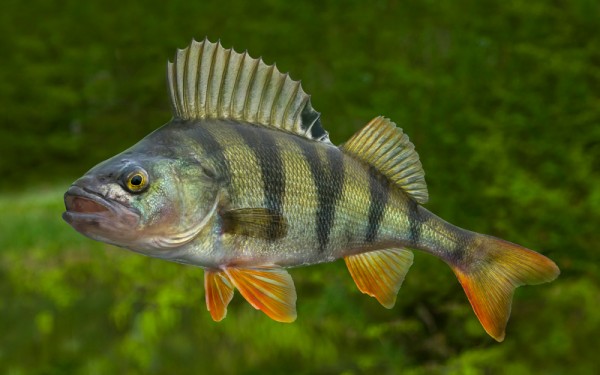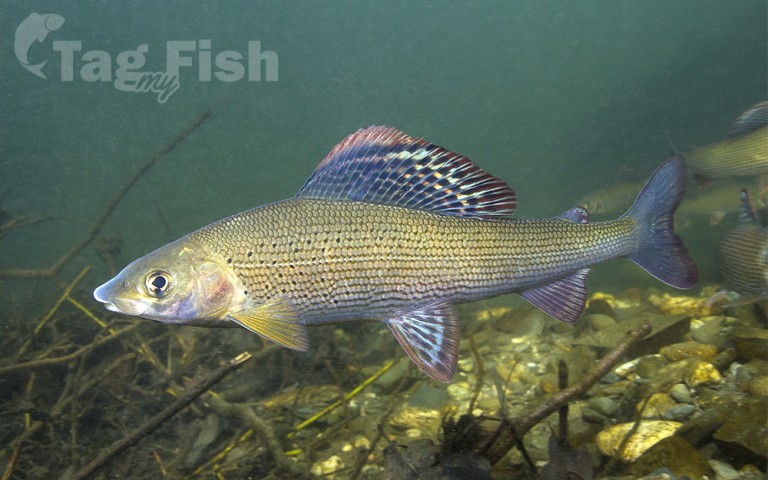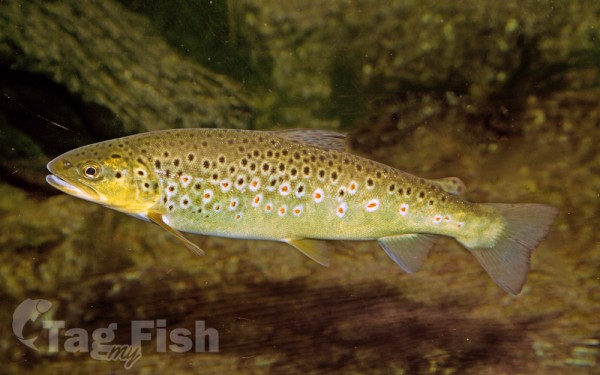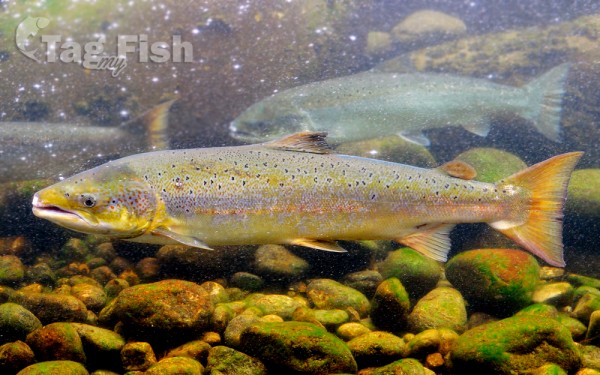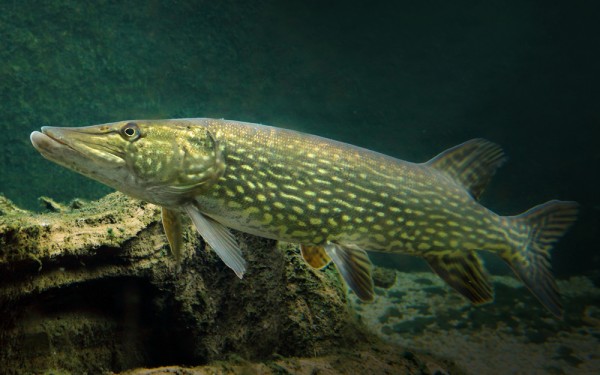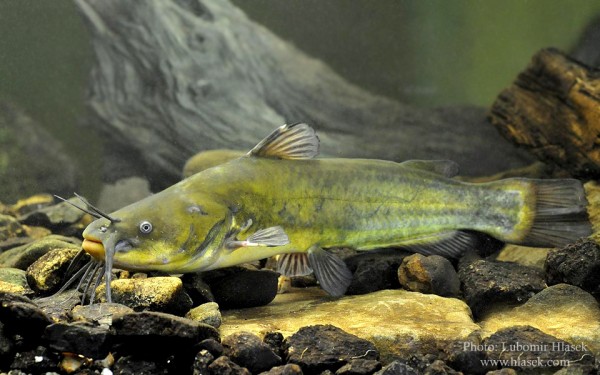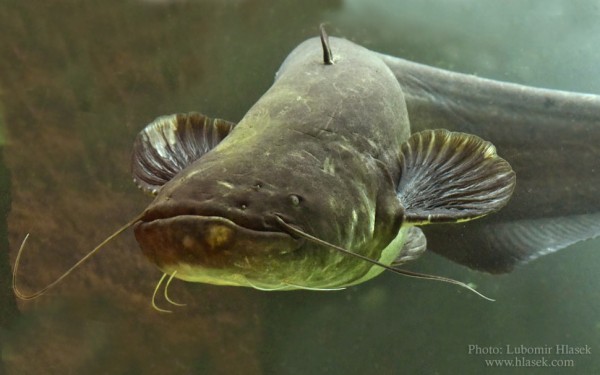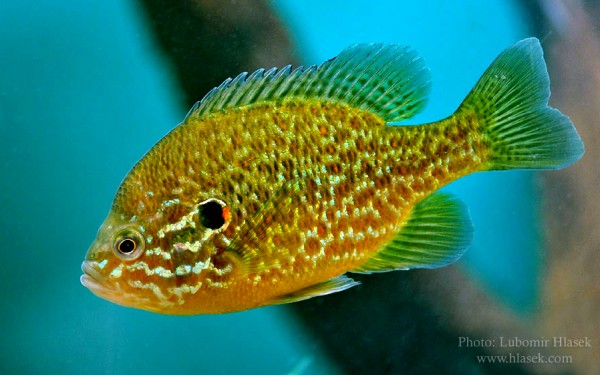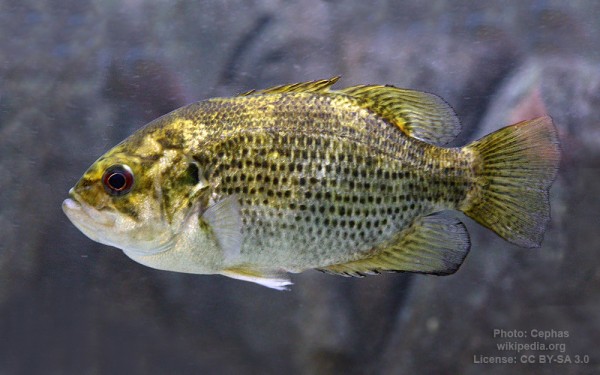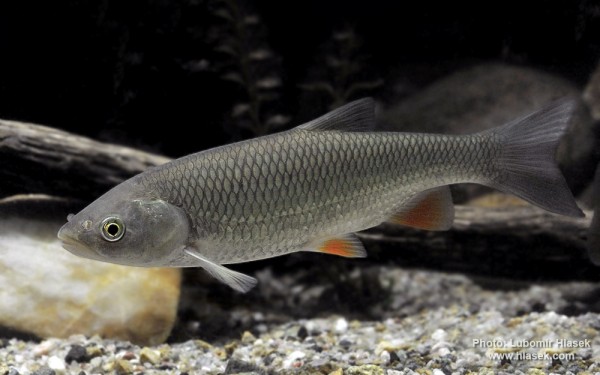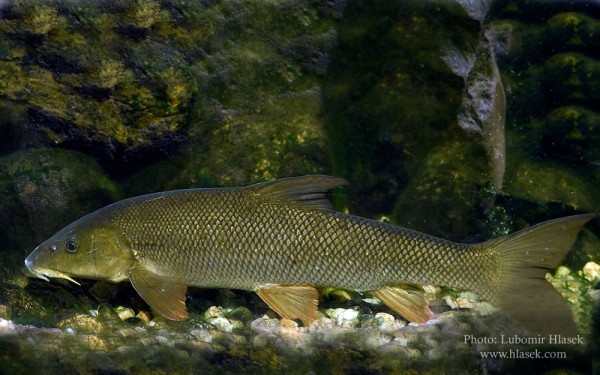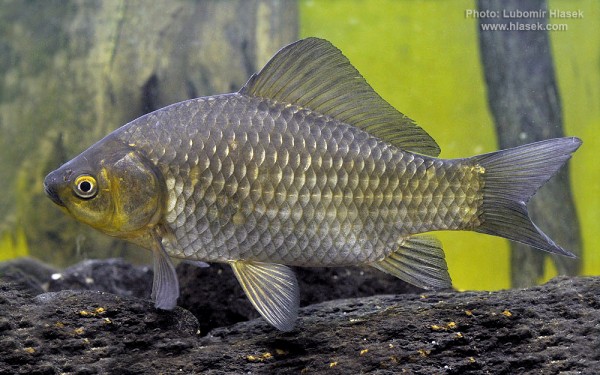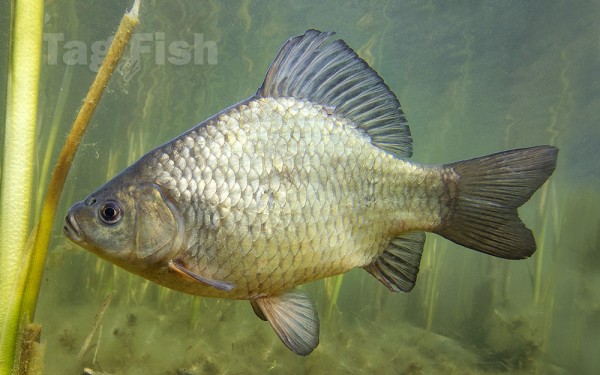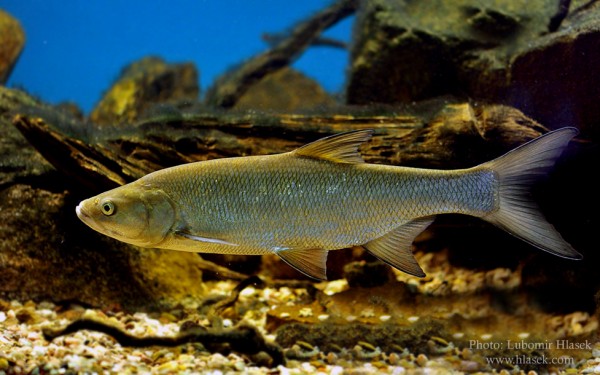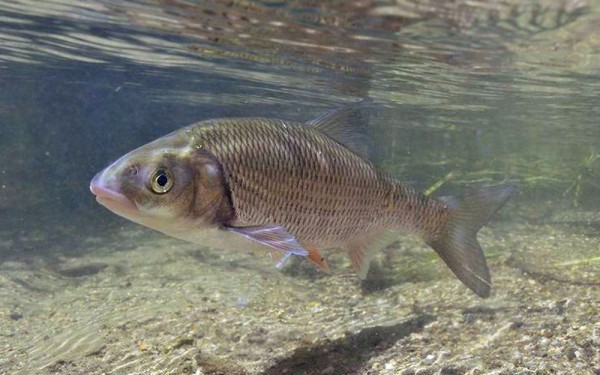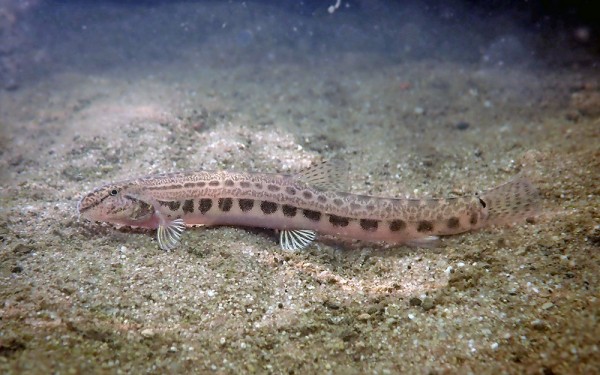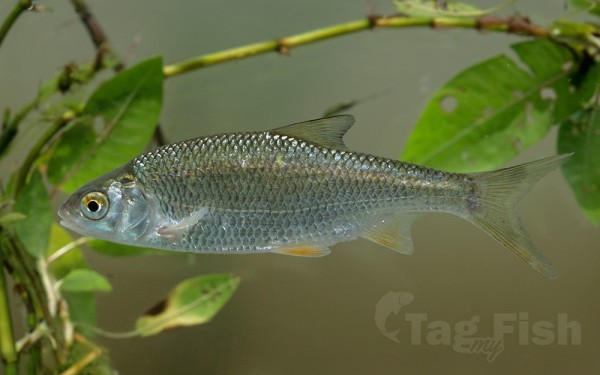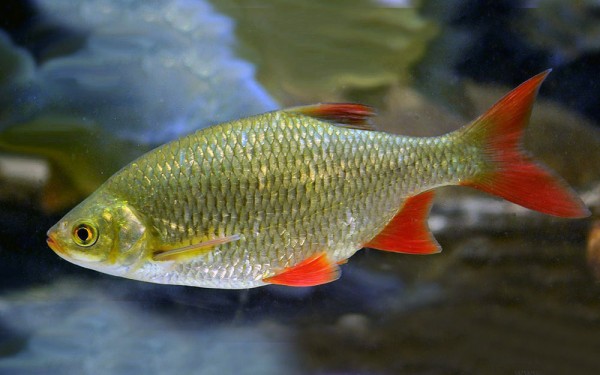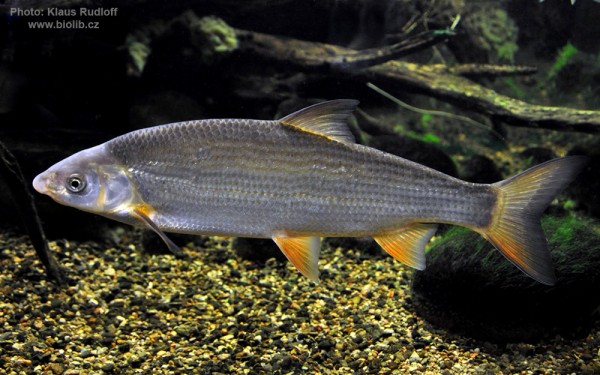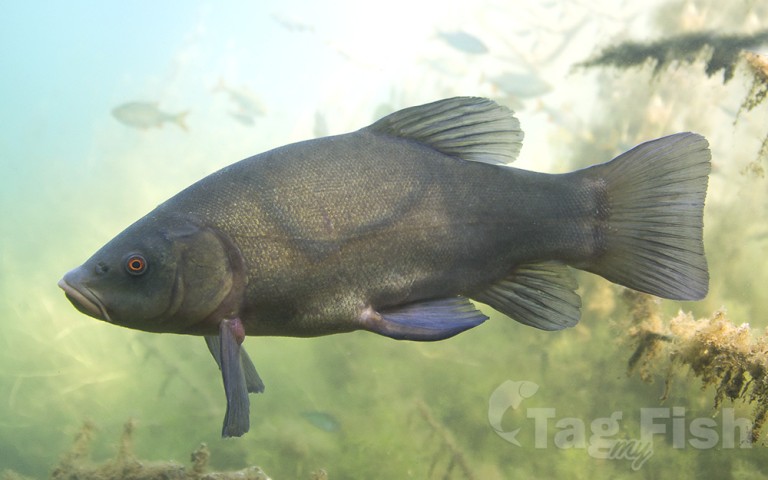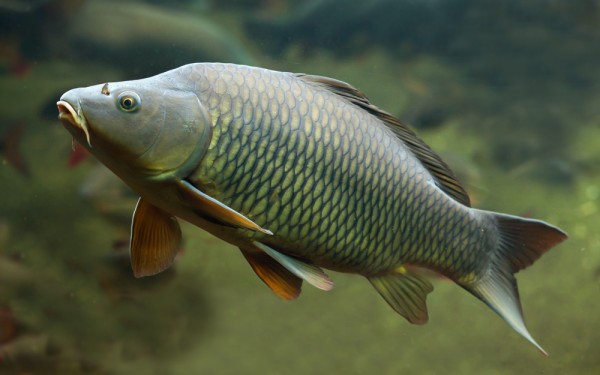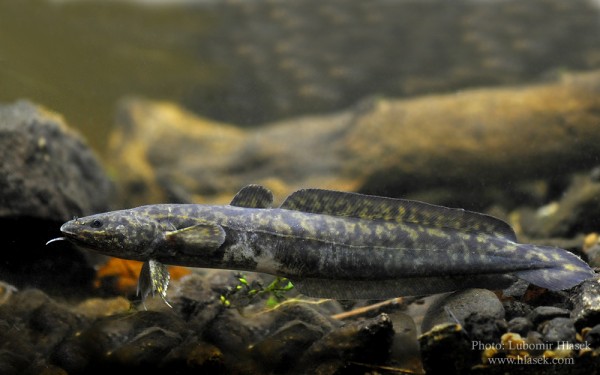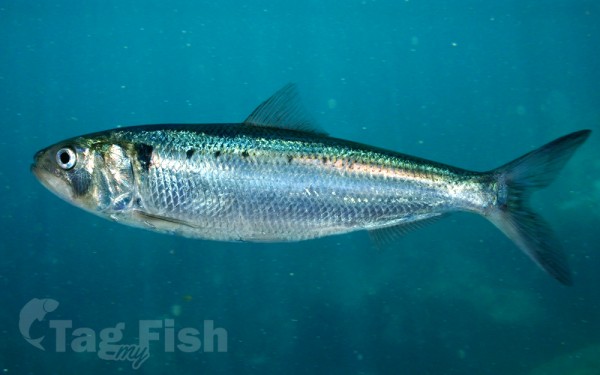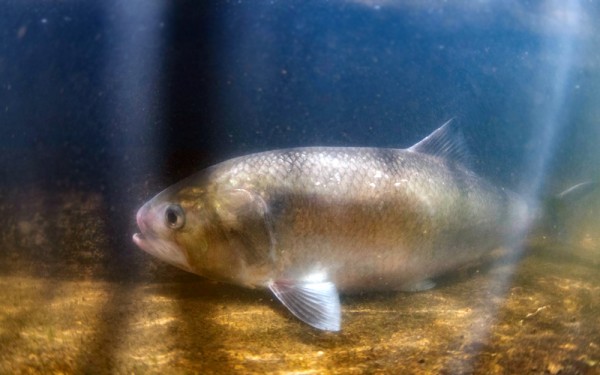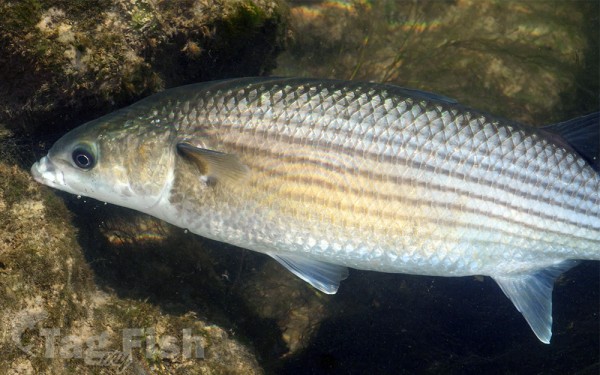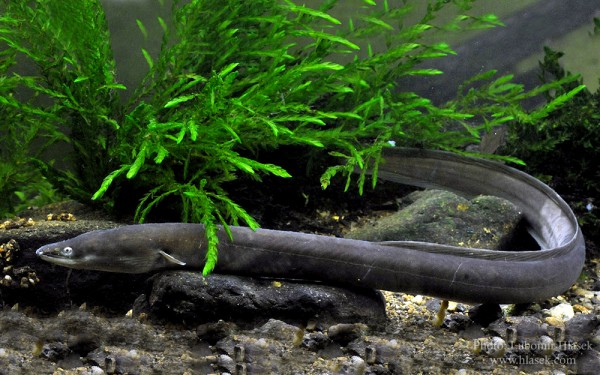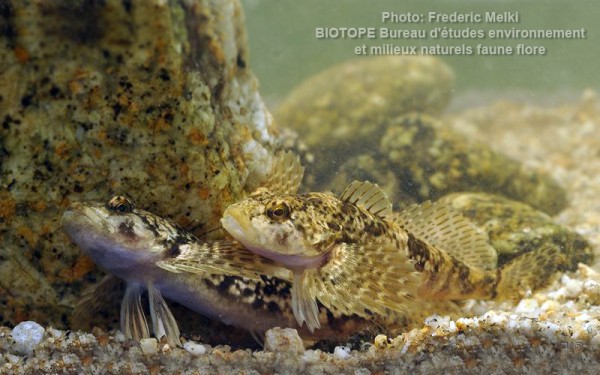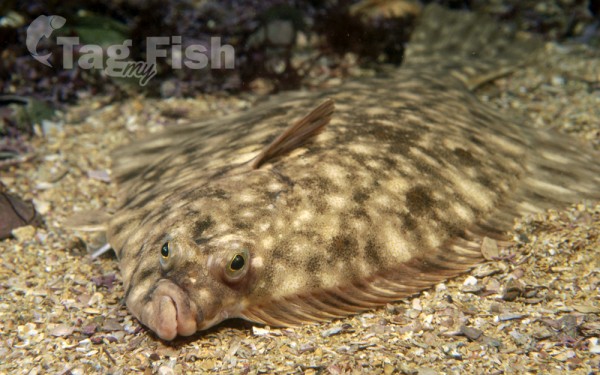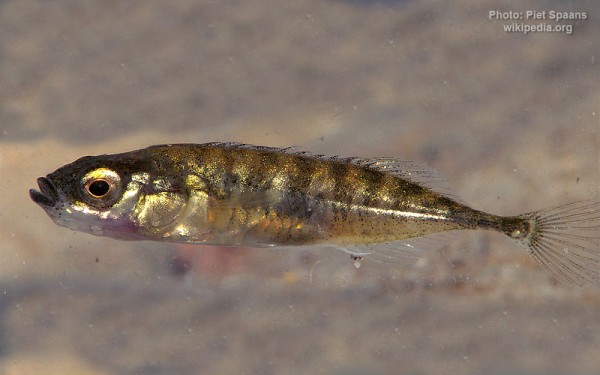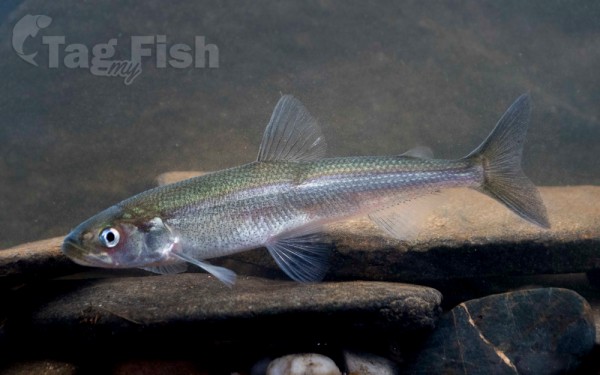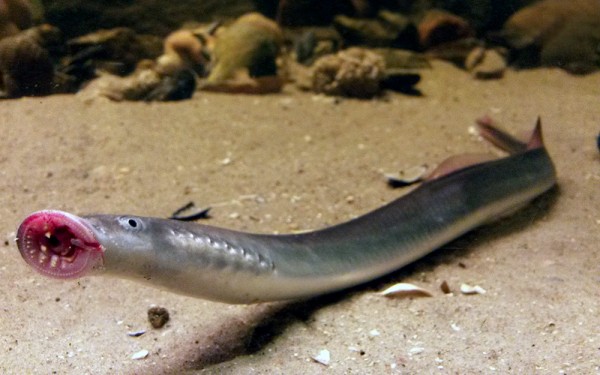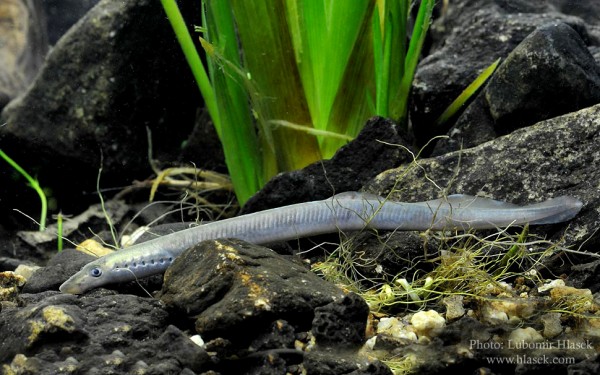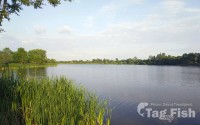Loire
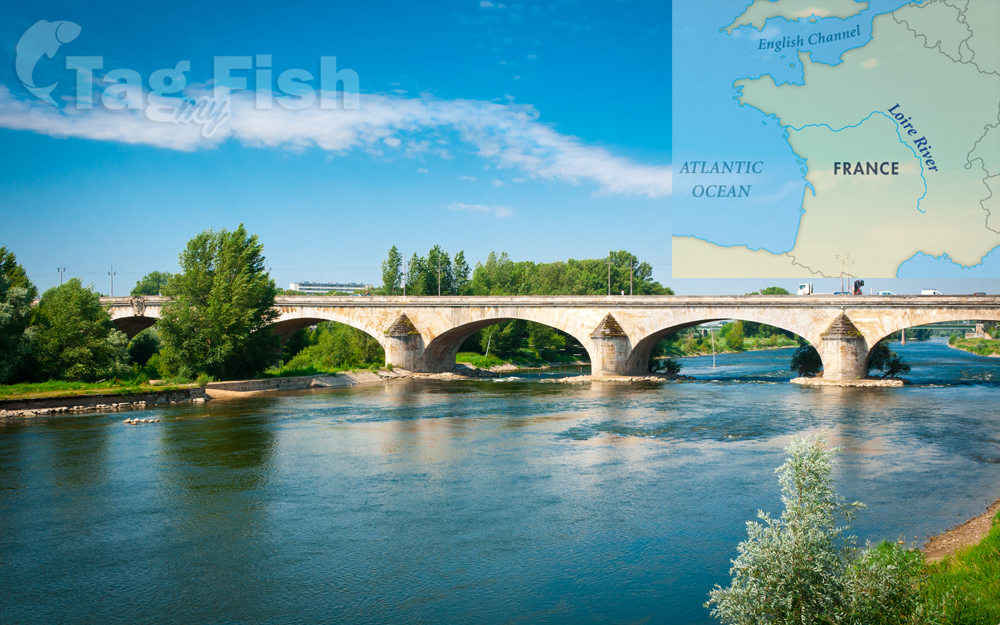
Perciformes - Perches
Salmoniformes - Salmons and Trouts
Esociformes - Pikes
Siluriformes - Catfishes
Centrarchiformes - Basses and sunfishes
Cypriniformes - Carps
Gadiformes - Cods
Clupeiformes - Herrings
Mugiliformes - Mullets
Anguilliformes - Eels and morays
Scorpaeniformes - Mail-cheeked fishes
Pleuronectiformes - Flatfishes
Gasterosteiformes - Sticklebacks
Osmeriformes - Smelts
Petromyzontiformes - Lampreys
Perciformes - Perches
Salmoniformes - Salmons and Trouts
Esociformes - Pikes
Siluriformes - Catfishes
Centrarchiformes - Basses and sunfishes
Cypriniformes - Carps
Gadiformes - Cods
Clupeiformes - Herrings
Mugiliformes - Mullets
Anguilliformes - Eels and morays
Scorpaeniformes - Mail-cheeked fishes
Pleuronectiformes - Flatfishes
Gasterosteiformes - Sticklebacks
Osmeriformes - Smelts
Petromyzontiformes - Lampreys
Perciformes - Perches
Salmoniformes - Salmons and Trouts
Esociformes - Pikes
Siluriformes - Catfishes
Centrarchiformes - Basses and sunfishes
Cypriniformes - Carps
Gadiformes - Cods
Clupeiformes - Herrings
Mugiliformes - Mullets
Anguilliformes - Eels and morays
Scorpaeniformes - Mail-cheeked fishes
Pleuronectiformes - Flatfishes
Gasterosteiformes - Sticklebacks
Osmeriformes - Smelts
Petromyzontiformes - Lampreys
The Loire is the longest river in France. With a length of 1006 kilometres (625 mi), it drains 117,054 km2 (45,195 sq mi). Its average discharge is half that of the Rhône.
It rises in the southeastern quarter of the French Massif Central in the Cévennes range (in the department of Ardèche) at 1,350 m (4,430 ft) near Mont Gerbier de Jonc; it flows north through Nevers to Orléans, then west through Tours and Nantes until it reaches the Bay of Biscay (Atlantic Ocean) at Saint-Nazaire. Its main tributaries include the rivers Nièvre, Maine, and the Erdre on its right bank, and the rivers Allier, Cher, Indre, Vienne, and the Sèvre Nantaise on the left bank.
Fishes
Nearly every freshwater fish species of France can be found in the Loire river basin, that is, about 57 species from 20 families. Many of them are migratory, with 11 species ascending the river for spawning. The most common species are the Atlantic salmon (Salmo salar), sea trout (Salmo trutta), shads (Alosa alosa and Alosa fallax), sea lamprey (Petromyzon marinus) European river lamprey (Lampetra fluviatilis) and smelt (Osmerus eperlanus). The European eel (Anguilla anguilla) is common in the upper streams, whereas the flounder (Platichtys flesus) and flathead mullet (Mugil spp.) tend to stay near the river mouth. The tributaries host brown trout (Salmo trutta), European bullhead (Cottus gobio), European brook lamprey (Lampetra planeri), zander (Sander lucioperca), nase (Chondrostoma nasus and C. toxostoma) and wels catfish (Siluris glanis). The endangered species include grayling (Thymallus thymallus), burbot (Lota lota) and bitterling (Rhodeus sericeus) and the non-native species are represented by the rock bass (Ambloplites rupestris).
Although only one native fish species has become extinct in the Loire, namely the European sea sturgeon (Acipenser sturio) in the 1940s, the fish population is declining, mostly due to the decrease in the spawning areas. The latter are mostly affected by the industrial pollution, construction of dams and drainage of oxbows and swamps. The loss of spawning grounds mostly affects the pike (Esox lucius), which is the major predator of the Loire, as well as eel, carp, rudd and salmon. The great Loire salmon, a subspecies of Atlantic salmon, is regarded as the symbolic fish of the river. Its population has decreased from about 100,000 in the 19th century to below 100 in the 1990s that resulted in the adoption of a total ban of salmon fishing in the Loire basin in 1984. A salmon restoration program was initiated in the 1980s and included such as measures as removal of two obsolete hydroelectric dams and introduction of juvenile stock. As a result, the salmon population increased to about 500 in 2005.

